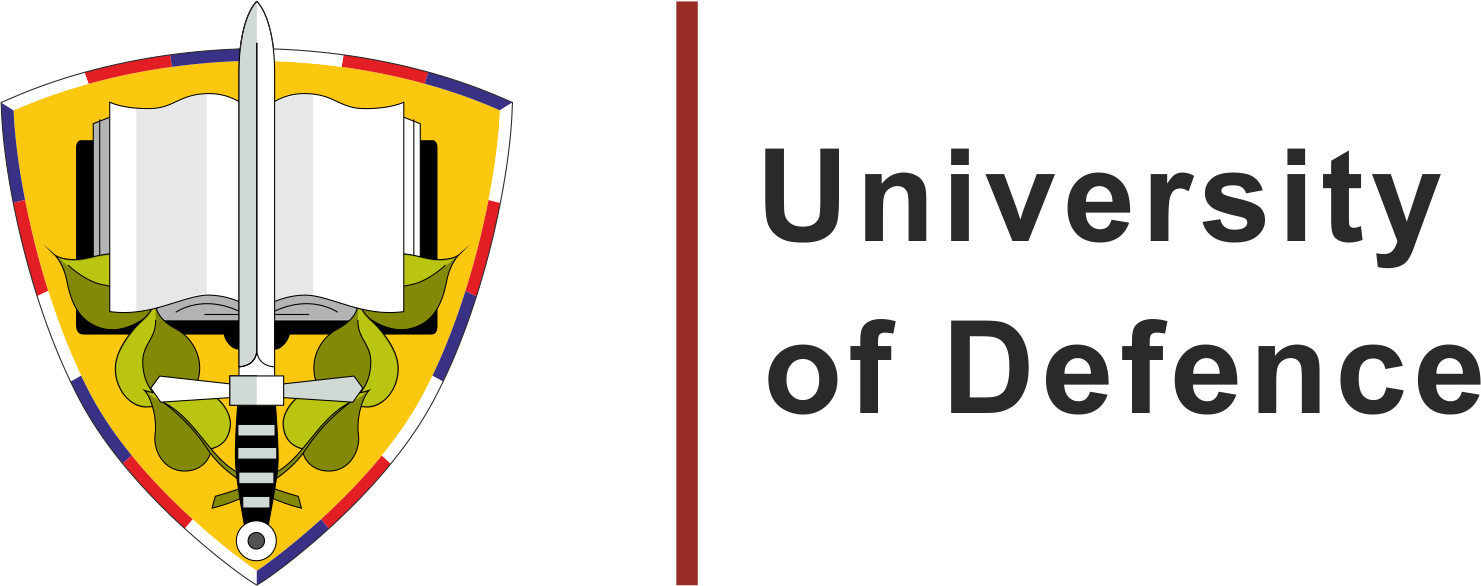Evaluation of the Effect of Commonly Used Materials on Multipath Propagation of Global Positioning System (GPS) Signals via GPS Simulation
Abstract
In this study, Global Positioning System (GPS) simulation is employed to study the effect of five commonly used materials (aluminium, glass, wood, polyvinyl chloride (PVC) and ceramic) on multipath propagation of GPS signals. Based on the results of this study, it is found that multipath signals from panels made of the materials cause increase in probable error values due to errors in the GPS receiver’s pseudorange measurements. The probable errors decrease with increasing distances of the panels from the GPS receiver due to decrease of strength of multipath signals. It is observed that aluminium causes the highest amount of the multipath, resulting in the highest probable errors. This is followed by glass, ceramic, PVC and wood.
References
KAPLAN, ED. and HEGARTY, CJ. Understanding GPS: Principles and Applications. Massachusetts: Artech House, Norwood, 1996.
DINESH, S. Vulnerabilities of civilian Global Navigation Satellite Systems (GNSS) signals: A review. Defence S&T Technical Bulletin, 2009, vol. 2, no. 2, p. 100-114
LAST, D. GNSS: The present imperfect. Inside GNSS, 2010, vol. 5, no. 3, p. 60-64.
SCHUE, C. The challenges of realizing a global navigation capability. ION International Technical Meeting (ITM) 2012, 30 January –1 February 2012, Newport Beach, California.
WEILL, LR. Conquering multipath: The GPS accuracy battle. GPS World, 1997, vol. 8, no. 4, p. 59-66.
HANNAH, B. Modelling and Simulation of GPS Multipath Propagation. PhD Dissertation, Brisbane, Queensland: Queensland University of Technology, 2001.
MATSUSHITA, T. andTANAKA, T.Study on improving the accuracy of satellite measurement in urban areas. Transactions of the Society of Instrument and Control Engineers,2012, vol. 48, no. 2, p. 73-77.
YI, TH., LI, HN. and GU, M. Effect of different construction materials on propagation of GPS monitoring signals. Measurement, 2012, vol. 45, no. 5, p.1126-1139.
ALOI, DN., ALSLIETY, M. and AKOS, DM. A methodology for the evaluation of a GPS receiver performance in telematics applications. IEEE Transactions on Instrumentation and Measurement, 2007, vol. 56, no. 1, p. 11-24.
KOU, Y. and ZHANG, H. Verification testing of a multi-GNSS RF signal Simulator. Inside GNSS, 2011, vol. 6, no. 4, p. 52-61.
POZZOBON, O., SARTO, C., CHIARA, AD., POZZOBON, A., GAMBA, G., CRISCI, M. and IOANNIDES, R. Developing a GNSS position and timing authentication testbed: GNSS vulnerability and mitigation techniques. Inside GNSS, 2013, vol. 8, no. 1, p. 45-53.
DINESH, S., MOHD FAUDZI., M., RAFIDAH, M., NOR IRZA SHAKHIRA, B., SITI ROBIAH, A., SHALINI, S., ALIAH,I., LIM, B.T., ZAINAL FITRY, MA., MOHD. RIZAL, AK., and MOHD HASROL, HMY.Evaluation of the effect of radio frequency interference (RFI) on the Global Positioning System (GPS) L1 coarse acquisition (C/A) signal via GPS simulation. In 11th International Symposium & Exhibition on Geoinformation 2012(ISG2012), 25-26 September 2012, Hotel Istana Kuala Lumpur City Centre, Kuala Lumpur.
DINESH, S., MOHD FAUDZI., M. and ZAINAL FITRY, M.A. Evaluation ofthe effect of radio frequency interference (RFI) on Global Positioning System (GPS) accuracy via GPS simulation. Defence Science Journal, 2012, vol. 62, no. 5, p.338-347.
DINESH, S., SHALINI, S., ZAINAL FITRY, M.A. and SITI ZAINUN, A. Evaluation of the effect of multipath on Global Positioning System (GPS) performance via GPS simulation. Defence S&T Techical Bulletin, 2013, vol. 6, no. 1, p. 62-74.
DINESH, S., SHALINI, S.,ZAINAL FITRY, MA. and SITI ZAINUN, A. Evaluation of the repeatability of Global Positioning System (GPS) performance with respect to GPS satellite orbital passes. Defence S&T Technical Bulletin, 2013, vol. 6, no. 2: p. 130-140.
AEROFLEX. Avionics GPSG-1000 GPS / Galileo Portable Positional Simulator. Plainview, New York: Aeroflex Inc., 2010.
CNET (2004). GPSDiag 1.0[online] [cited 2010-01-31]. Available from:<http://download.cnet.com/GPSDiag/3000-2130_4-4951103.html>.
GARMIN. GPSmap 60CSx Owner’s Manual. Olathe, Kansas: Garmin International Inc., 2007.
A. FARIDZ,AG., M. RAZALI, MY. andW. SALWA, WH. STRIDE’s 3meters EMC semi-anechoic chamber: Design considerations and compliance to standards. In 2010 IEEE Asia-Pacific Conference on Applied Electromagnetics (APACE 2010), 9-11 November 2010, Tiara Beach Resort, Port Dickson, Negeri Sembilan.
US COAST GUARD (USCG). GPS NANUs, Almanacs, & Ops Advisories[online] [cited 2014-010-03]. Available from:<http://www.navcen.uscg.gov/?pageName=gpsAlmanacs>.
TRIMBLE. Trimble’s Planning Software. [online] [cited2014-010-03]. Available from: <http://www.trimble.com/planningsoftware.shtml>.
DEPARTMENT OF DEFENCE (DOD). Global Positioning System Standard Positioning Service Performance Standard. Washington D.C.: Command, Control, Communications, and Intelligence, Department of Defence (DOD), 2001.
Downloads
Published
License
Copyright (c) 2014 Advances in Military Technology

This work is licensed under a Creative Commons Attribution-NonCommercial 4.0 International License.
Authors who publish with this journal agree to the following terms:
1. Authors retain copyright and grant the journal right of first publication with the work simultaneously licensed under a Creative Commons Attribution License that allows others to share the work with an acknowledgement of the work's authorship and initial publication in this journal.
2. Authors are able to enter into separate, additional contractual arrangements for the non-exclusive distribution of the journal's published version of the work (e.g., post it to an institutional repository or publish it in a book), with an acknowledgement of its initial publication in this journal.
3. Authors are permitted and encouraged to post their work online (e.g., in institutional repositories or on their website) prior to and during the submission process, as it can lead to productive exchanges, as well as earlier and greater citation of published work.
Users can use, reuse and build upon the material published in the journal for any purpose, even commercially.






